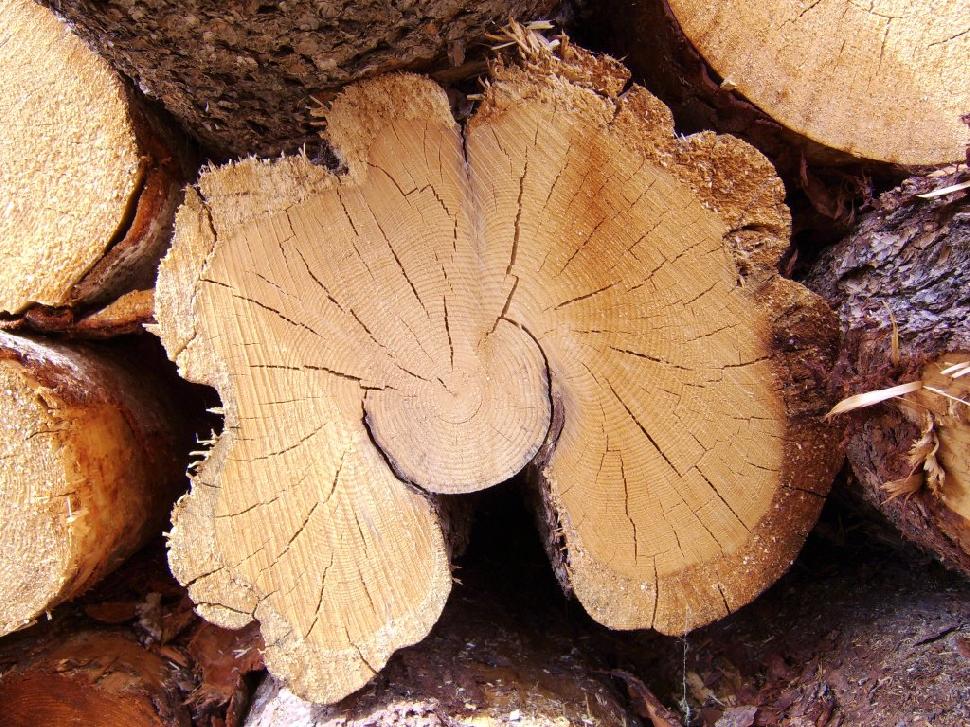The ‘British’ in British Columbia
Aboriginal populations have inhabited these bountiful lands for 10,000 years, ever since the major retreat of glaciers. The exact size of the population is unknown and estimates prior to European contact vary wildly. Numbers range from as low as 200,000, and as high as a million based on First Nations oral tradition.
Early European visitors (primarily Spanish) arrived in the late 16th century, but it was not with regularity until the 1700s. By the mid-18th century visitors included Sir Francis Drake, Juan Francisco de la Bodega y Quadra and Vasco Nunez de Balboa. During this period the Spanish made several attempts to lay claim to the entire Pacific west coast, even going so far as to seize British ships. In the latter half of the century it was resolved that both nations would receive equal trading rights, but ownership was granted to neither nation. Ultimately it was the British who developed strong trade relations with First Nations who asserted their influence over the land. This was firmly compounded by the Hudson’s Bay Company’s control of the western fur trade. (HBC was British owned.)
Throughout the 1800s the Hudson’s Bay Company effectively ran the region from its headquarters at Fort Vancouver. It controlled much of the northwest from Vancouver Island and the Gulf Islands, and down through what would become Idaho and Oregon. Following border disputes, the Treaty of Washington established the official land border between the United States and British North America. It was drawn along the 49th parallel with Vancouver Island remaining a British territory.
Following the division of the countries, regional control of the Hudson’s Bay Company lessened and a government was established. Following the gold rush of 1858, New Westminster was chosen as the first capital of the colony. The people and economics of the colony were closely tied with the United States and annexation to their southern neighbours was strongly considered by residents. The possibility of losing the territory to America was of great concern to the Canadian Confederation. Pressure to join the newly formed Canada intensified, and on July 20, 1871, British Columbia became the sixth province of Canada.
Flag
The Flag of British Columbia is packed with symbols. The Royal Union flag at the top has a small crown in the centre, reflecting both the British heritage of the province and the crown of the Canadian Royal Family. Blue and white wavy lines on the lower half depict the Rocky Mountains and Pacific Ocean that border the province, while the golden setting sun is for Canada’s western edge.
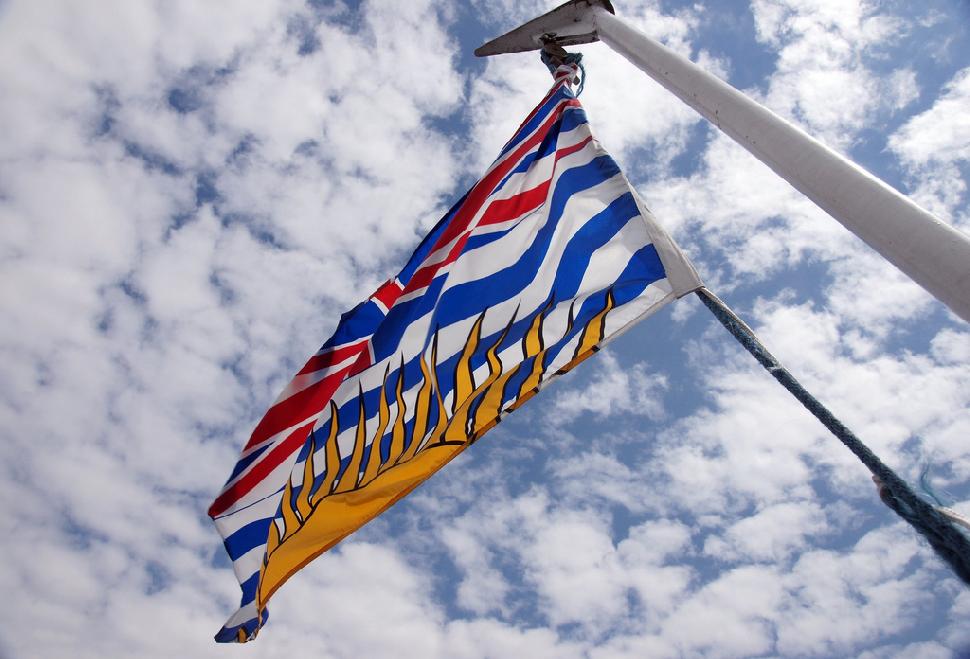
Coat of Arms
Like the flag, the coat of arms reflects many integral aspects of the province. The crest is that of the Queen, draped with a garland of dogwood flowers. The shield is a version of the provincial flag, and standing on either side are a wapiti (symbolizing Vancouver Island) and a bighorn sheep for the mainland. The motto Splendor Sine Occasu and can be translated as splendour without diminishment as well as “shining without a sunset.” (Reminiscent of the sun never setting on the British Empire.)
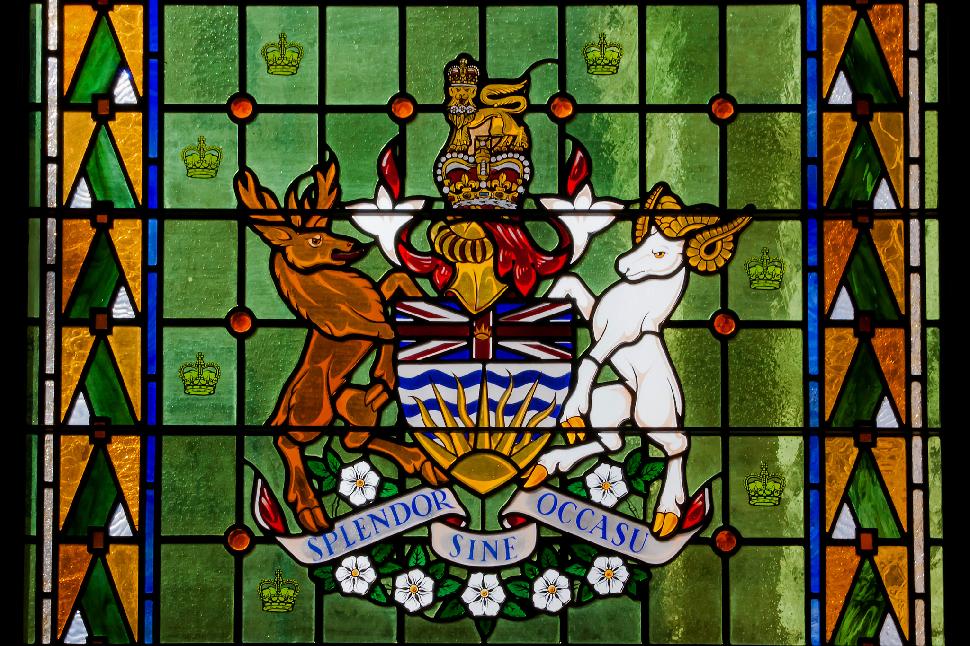
Regions
There are 29 districts each identified by both a number and a name. The largest by population is the Greater Vancouver Area with 2.3 million residents in its 2,883 square kilometres and the largest by area is the Stikine Region which is not officially classified as a district. Only 629 people live in the almost 119,000 sq. km, making Stikine also the least densely populated region and the one with the fewest residents. The Comox Valley has the smallest area at 1,701 sq. km and after the Stikine Region the Central Coast is the least populated with only a little more than 3,000 residents.
Population
Most of the 4.6 million residents live around Vancouver and Victoria, gradually thinning towards the north. The ethnicities represented are varied from first- and second-generation Germans, Ukrainians, and Scandinavians to Scottish and French and a great many of Chinese descent. The Métis, Inuit and First Nations also represent a large portion of the population. English is the most widely spoken language with French a distant second and multiple other tongues represented.
Largest Cities
With a population of more than half a million, Vancouver is the largest of B.C.’s cities. Nearby Surrey, Burnaby, Richmond and Coquitlam are also in the top ten and together they comprise much of the Greater Vancouver Regional District. Abbotsford in the Fraser Valley, Kelowna in Central Okanagan, Kamloops, Nanaimo and Victoria – the provincial capital – round out the top ten list.
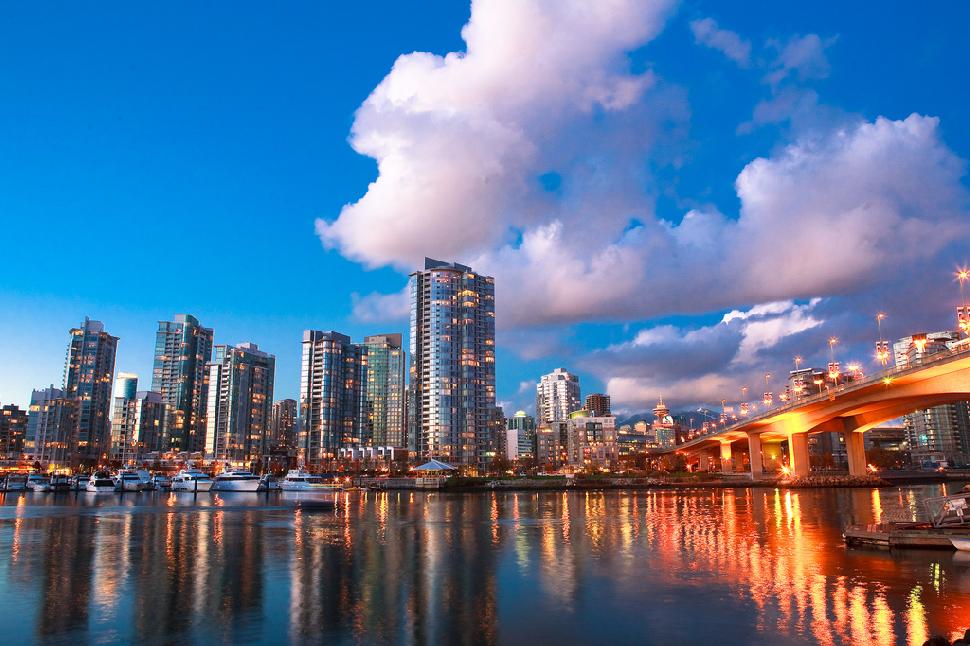
Parks
Seven of Canada’s National Parks lie within the province and there are a large number of provincial parks. More than 12 percent of the province is under protection including 141 ecological reserves, 35 marine parks, 13 heritage and historic sites and the 7 national parks. In addition, another 47,000 sq km of land is protected by the Agricultural Land Reserve.
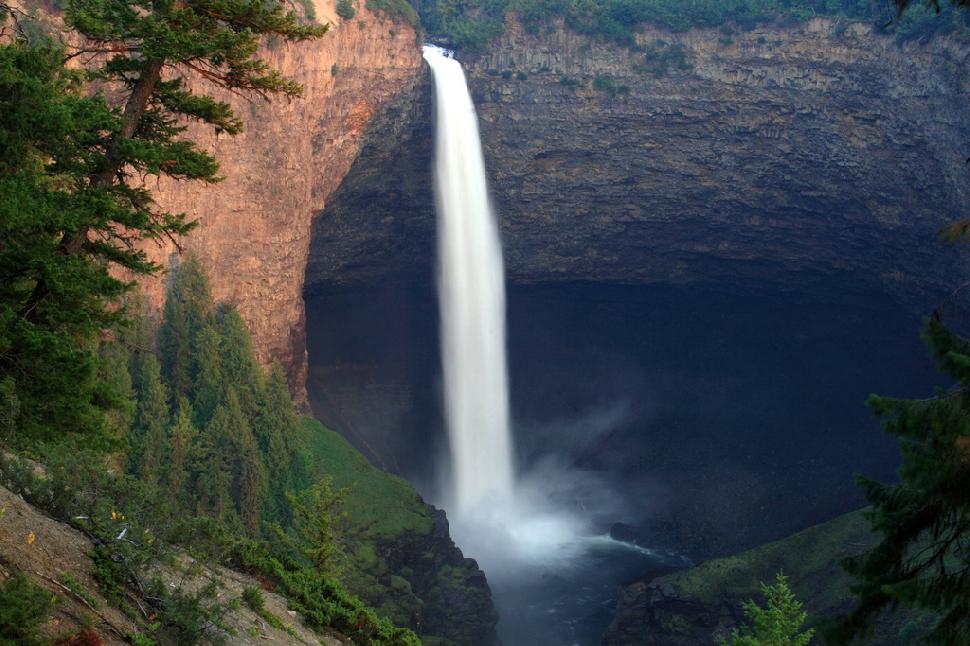
Climate
Stretching from mountaintop to tidal pool, B.C. is best described as having regional climates. Areas along the coast are quite mild especially in the south, while the central area has hotter summers that often reach 30ºC. Northern winters are cold and snowy with short summers that can be quite rainy.
Area Codes
In 1947, 604 was designated the area code for the entire province. It still covers the City of Vancouver, the Sunshine Coast, Howe Sound, the Lower Mainland and the lower Fraser Valley. In 1996 250 split off and covers most of the province including Vancouver Island. 778 and 236 overlay the other codes.
Symbols
Canada has the maple tree, Canadian horse and the beaver as its national symbols, but B.C. has its own provincial symbols. The beautiful Pacific Dogwood is the official flower and the Western red cedar serves as the provincial tree. The magnificent cream-coloured spirit bear, also known as the Kermode bear, is the strong and elegant animal symbol, with the Steller’s jay covering the skies as the provincial bird.
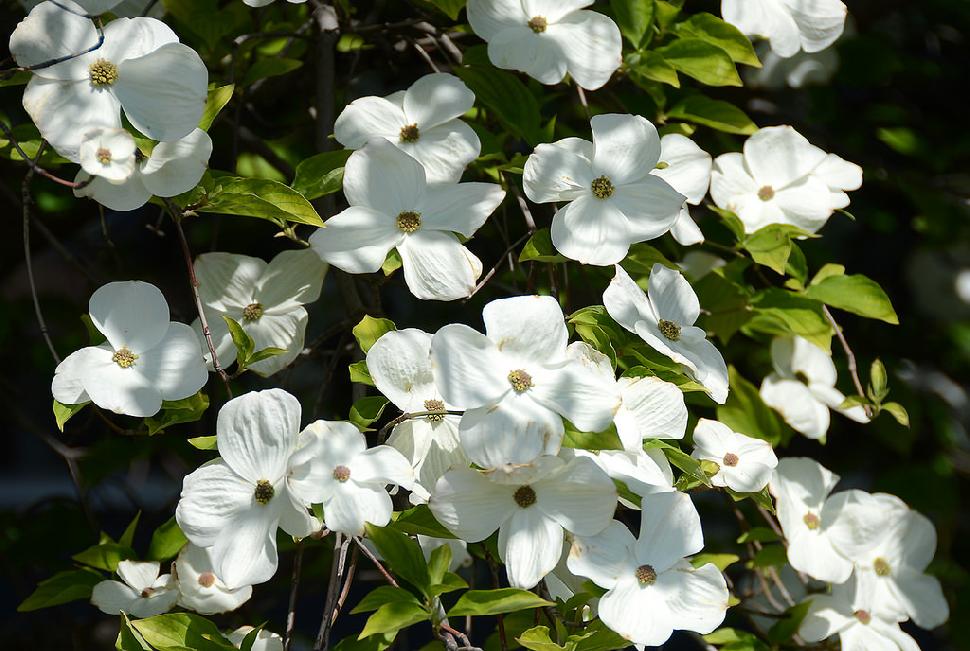
Holidays
Residents of B.C. enjoy both national and provincial holidays. New Year’s Day, Good Friday, Victoria Day, Canada Day, Labour Day, Remembrance Day, Thanksgiving and Christmas Day are celebrated across most of the country while B.C. Family Day and British Columbia Day are unique to the province.
Natural Resources
Aside from the incredibly natural beauty of the province, B.C. also has tangible assets. Coal, copper, zinc, gold, silver, nickel and iron are found in the ground as are pockets of natural gas and oil. Lumber is harvested from the forests that cover about two-thirds of the province and fishing is also a major part of the economy.
